Introduction
The traditional Song Gao, a steamed rice cake deeply rooted in Chinese culinary heritage, holds a cherished place in cultural celebrations and family gatherings. This delicate, slightly sweet treat is renowned for its soft, pillowy texture and subtle aroma, often enhanced by ingredients like red bean paste or osmanthus flowers. While modern adaptations exist, the authentic preparation method relies on time-honored techniques that emphasize patience, precision, and respect for tradition. This article delves into the intricate process of crafting Song Gao from scratch, exploring its historical significance, essential ingredients, and meticulous steps required to achieve perfection.
A Brief Historical Context
Song Gao’s origins trace back centuries, with references found in ancient Chinese texts describing its role in rituals and festivals. Historically, rice cakes symbolized prosperity, unity, and good fortune, making them a staple during Lunar New Year, weddings, and harvest celebrations. The name “Song Gao” itself reflects its texture—song meaning “loose” or “fluffy” and gao denoting “cake.” Unlike Western cakes leavened with baking powder or yeast, traditional Song Gao achieves its rise through a combination of steam and the natural expansion of rice flour particles when hydrated. This unique method preserves the cake’s pure, unadulterated flavor while creating a melt-in-the-mouth consistency.
Key Ingredients and Their Roles
Crafting Song Gao demands a careful selection of ingredients, each contributing to the final product’s taste and texture.
- Rice Flour: The foundation of Song Gao, rice flour is typically made from short-grain glutinous rice (sticky rice) or a blend of glutinous and non-glutinous rice. Glutinous rice flour imparts chewiness, while non-glutinous varieties add lightness.
- Wheat Starch: Often added in small quantities, wheat starch enhances the cake’s translucency and prevents excessive stickiness.
- Sugar: Traditional recipes use granulated white sugar, though brown sugar or rock sugar may be substituted for a deeper caramel note.
- Water or Liquid: Clean, filtered water is essential to hydrate the dry ingredients. Some variations incorporate coconut milk, osmanthus-infused water, or pandan juice for aromatic complexity.
- Leavening Agents (Optional): While not strictly traditional, a pinch of baking powder may be used to ensure a consistent rise, particularly in humid climates where rice flour absorption varies.
- Flavorings and Fillings: Dried lotus seeds, red bean paste, roasted sesame seeds, or chopped nuts are common additions, layered within the batter or sprinkled on top.
Equipment Essentials
To replicate authentic Song Gao, specific tools are indispensable:
- Bamboo Steamer: Preferred for its porous structure, which allows steam to circulate evenly without condensation dripping onto the cake.
- Heatproof Bowls or Molds: Shallow ceramic or stainless-steel containers lined with parchment paper prevent sticking.
- Wooden Spatula: For gentle folding and mixing to avoid overworking the batter.
- Fine-Mesh Sieve: To aerate the dry ingredients and remove lumps.
Step-by-Step Preparation Guide
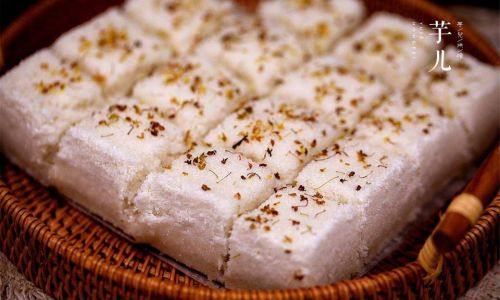
Preparing the Rice Flour Mixture
Begin by combining 200g of glutinous rice flour with 50g of wheat starch in a large mixing bowl. Sift the mixture twice to eliminate clumps and ensure uniformity. In a separate saucepan, dissolve 150g of sugar in 300ml of water over low heat, stirring until the liquid turns clear. Remove from heat and allow the syrup to cool to room temperature—this step prevents premature cooking of the flour.
Incorporating Liquids Gradually
Slowly pour the cooled syrup into the dry ingredients while whisking continuously. Aim for a thick, pourable consistency similar to pancake batter. Overmixing at this stage may activate gluten development (if using non-glutinous flour), resulting in a dense texture. Cover the bowl with a damp cloth and let it rest for 30 minutes. This resting period allows the flour particles to fully hydrate, ensuring even cooking during steaming.
Preparing the Steaming Setup
Fill a wok or large pot with water, ensuring the water level sits 2–3 inches below the steamer basket. Bring the water to a rolling boil over high heat. Lightly grease the steaming molds with neutral oil (e.g., vegetable oil) or line them with parchment paper cut to fit snugly.
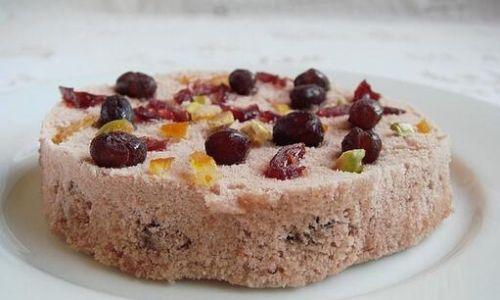
Assembling the Cake Batter
Gently stir the rested batter to redistribute any settled ingredients. For filled variations, pour half the batter into the molds, add a layer of red bean paste or lotus seed filling, then top with the remaining batter. Tap the molds lightly on the counter to eliminate air bubbles.
Steaming Technique
Place the molds into the preheated steamer, maintaining a steady medium-high heat. Cover with a lid wrapped in a clean kitchen towel to absorb condensation. Steam for 20–25 minutes, resisting the urge to lift the lid prematurely, as this may deflate the cake. To test doneness, insert a toothpick into the center—it should emerge clean, with no raw batter clinging to it.
Cooling and Unmolding
Once steamed, turn off the heat and let the cakes rest in the steamer for 5 minutes to prevent sudden temperature shocks. Carefully invert the molds onto a wire rack. Gently tap the base if the cake resists releasing. Allow cooling for at least 30 minutes before slicing to achieve clean cuts.
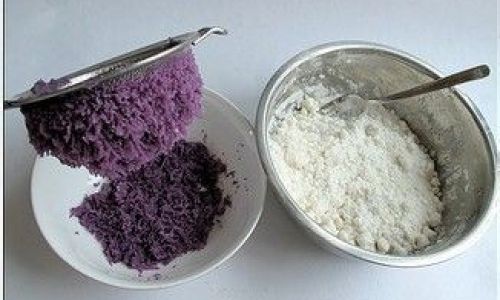
Expert Tips for Perfect Song Gao
- Flour Ratio: Adjust the glutinous-to-non-glutinous rice flour ratio based on desired chewiness. A 4:1 ratio (glutinous:non-glutinous) yields a balanced texture.
- Humidity Control: In damp climates, reduce the liquid by 10–15ml to compensate for flour’s increased moisture absorption.
- Aroma Enhancement: Add 1 teaspoon of osmanthus syrup or ½ teaspoon of pandan extract to the batter for floral notes.
- Storage: Song Gao keeps best when wrapped in plastic and refrigerated for up to 3 days. Reheat slices in a steamer for 5 minutes to restore softness.
Cultural Variations and Modern Adaptations
While tradition reigns supreme, regional adaptations showcase the versatility of Song Gao. In southern China, coconut milk replaces water for a tropical twist, while northern recipes may incorporate jujube puree or walnut pieces. Modern iterations sometimes employ food coloring to create vibrant layers, though purists argue this detracts from the cake’s minimalist elegance.
Troubleshooting Common Issues
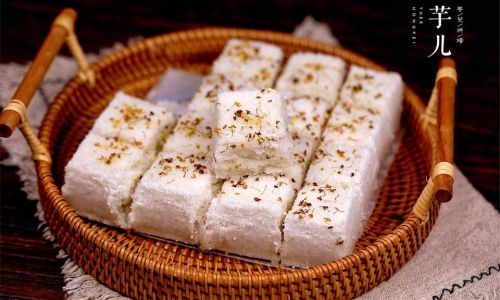
- Gummy Texture: Oversteaming or insufficient resting time before steaming.
- Cracked Surface: Rapid temperature changes or uneven heat distribution.
- Dense Crumb: Overmixing the batter or using flour with high gluten content.
Conclusion
The art of making traditional Song Gao transcends mere cooking—it is a meditation on patience, precision, and the preservation of cultural memory. Each step, from sifting the flour to timing the steam, honors generations of cooks who perfected this delicate balance of science and intuition. Whether enjoyed during a festive banquet or as a humble afternoon treat, Song Gao remains a testament to the enduring power of tradition in shaping culinary identity. By mastering its preparation, one not only acquires a recipe but also inherits a fragment of history, ready to be shared and savored across time.
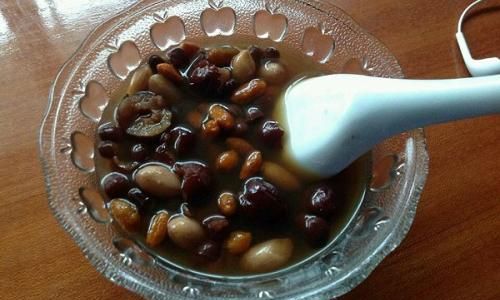
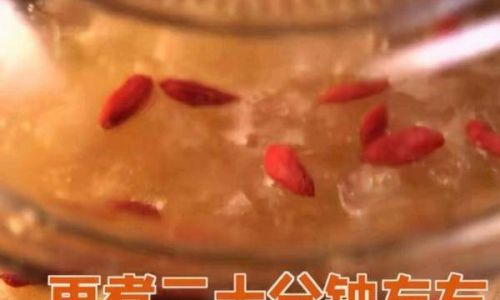

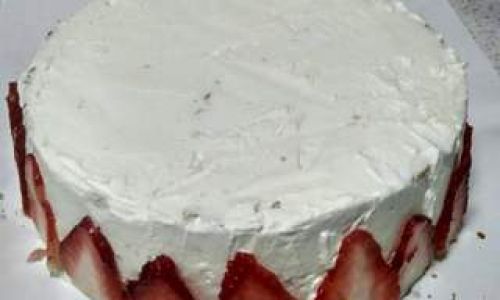
0 comments